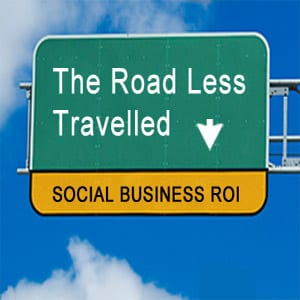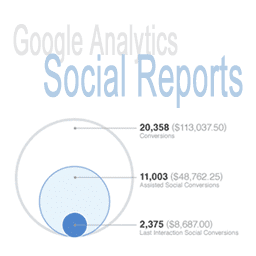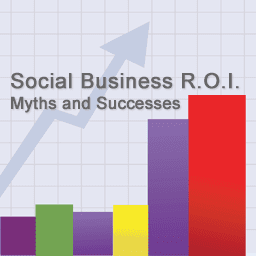The Road Less Travelled: Social Business ROI
In 2006, most companies believed that Social Media was nothing more than a passing fad. And as with most disruptive technologies or business models in the early stages, there was no ROI in sight. But some companies began experimenting with Social Media and started to see its potential for new sales, marketing and support channels….



